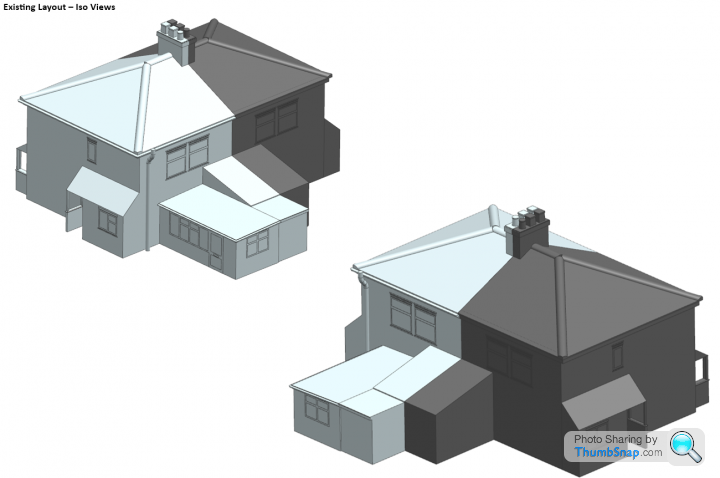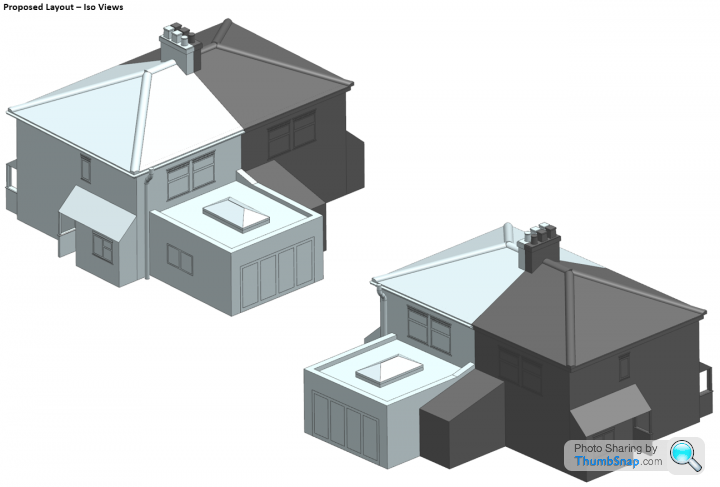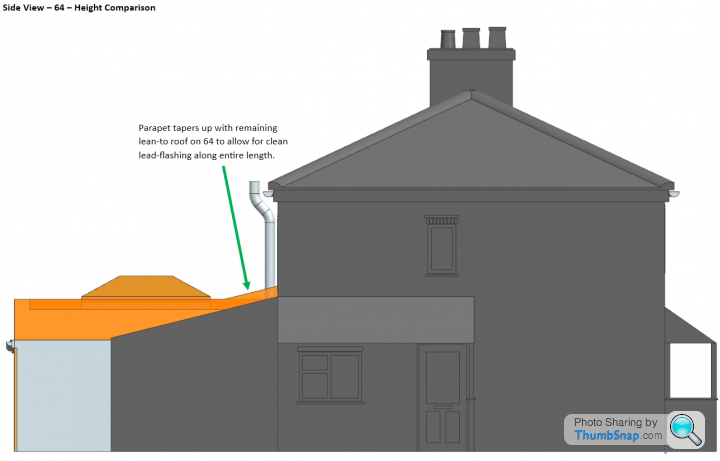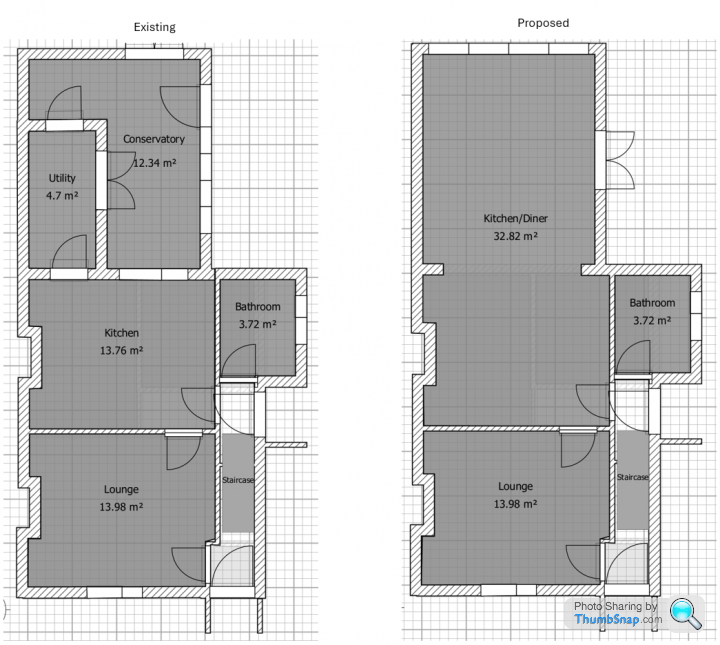Full planning required or just prior approval (PD)?
Discussion
My wife & I recently purchased a semi-detached renovation property which has a bodged brick/fence panel(!) conservatory that has been poorly DIY constructed & as such we want to rip down & do again safely in the form of an extension out from the kitchen. As part of this the lean-to utility that is in place would also be getting demolished & the new extension constructed filling the same footprint of the combined conservatory/utility. The distance it extends out from the rear wall (approx 5m) would put it outside of regular PD and into prior approval, but I am wondering whether full planning will be required due to the demolition of the utility room. A party wall would be required as the utility structure is mirrored on the neighbours side & a small section of brick wall would be getting constructed to replace the section of conservatory wall on the boundary that is currently just an old fence panel.
For clarity, the utility was properly constructed by the council a number of decades ago (ex council house) whereas the DIY conservatory seems to be something the previous owner put on with no paperwork and as such the council don't have any record of its existence. This property is not under any location restrictions from AONB, Broads etc
Floorplan & picture incoming when I can figure out how..
For clarity, the utility was properly constructed by the council a number of decades ago (ex council house) whereas the DIY conservatory seems to be something the previous owner put on with no paperwork and as such the council don't have any record of its existence. This property is not under any location restrictions from AONB, Broads etc
Floorplan & picture incoming when I can figure out how..
Admittedly I don't tend to get involved in (m)any domestic extensions these days, but I can't think of a good reason why the demolition of the utility would make any difference as to whether you can use the prior approval route. It would still fall within the definition of 'alteration'.
The key part is to check that your plan fits within all parts of the requirements of the regulations. And, of course, the rules are tighter if you're in a conservation area or AONB.
By the sounds of things you're probably ok to use prior approval, but without having more information if it's difficult to be certain. Worst case, submit a prior approval and the LPA reject it, you either modify and resubmit; appeal; or apply for full planning thereafter.
p.s. IMHO this is another example where the evolution of PD rights has just served to make the whole show more complicated than it needs to be in my opinion. It used to be reasonably easy to work out what was permitted development and what needed planning permission. Now, it's a bloody art in itself and much more resource hungry than it needs to be!
The key part is to check that your plan fits within all parts of the requirements of the regulations. And, of course, the rules are tighter if you're in a conservation area or AONB.
By the sounds of things you're probably ok to use prior approval, but without having more information if it's difficult to be certain. Worst case, submit a prior approval and the LPA reject it, you either modify and resubmit; appeal; or apply for full planning thereafter.
p.s. IMHO this is another example where the evolution of PD rights has just served to make the whole show more complicated than it needs to be in my opinion. It used to be reasonably easy to work out what was permitted development and what needed planning permission. Now, it's a bloody art in itself and much more resource hungry than it needs to be!
Venom said:
Worst case, submit a prior approval and the LPA reject it, you either modify and resubmit; appeal; or apply for full planning thereafter.
^^ This.I can think of a reason that would allow the LPA to reject it as a Prior Approval application, but it's pretty tenuous and I wouldn't exepect many LPA Planners to think of it, so the obvious answer is to try a Prior Approval application and see if they accept it.
You will need the 'existing' drawings that are submitted with the application to clearly identify what is existing extension, and you will need a written supporting statement that gives evidence that they are post-July 1948.
Take great care to ensure that your Prior Approval application complies with paragraph 2 of THIS, noting in particular item (iv).
roscopervis said:
How high is it at its highest point on the side elevation on the boundary?
Given the design shown, height at the highest point is irrelevant.The limit (beyond the normal overall height limit of 4m., and I can tell just by looking at the drawing that it's not that high) is 3 metres eaves height, and measurement of the eaves height does not include parapets: you would, in effect, measure it to the invert of the hidden gutter behind the parapet.
jules_s said:
Something tells me the EA plan was wrong and the current one still is too.
The original EA layout is definitely wrong - they have the garden room shown at 4m wide with a distance between the kitchen window and external garden room wall of c.1500mm - the garden room extending halfway across the bathroom! Photos show the window jamb & wall are more like 200mm apart and the room substantially less than 4m wide.
Looks like the OP has acknowledged this already as it is accounted for on their own existing/proposed floor plans.
Why do you think the current plan might still be wrong?
Equus said:
Given the design shown, height at the highest point is irrelevant.
The limit (beyond the normal overall height limit of 4m., and I can tell just by looking at the drawing that it's not that high) is 3 metres eaves height, and measurement of the eaves height does not include parapets: you would, in effect, measure it to the invert of the hidden gutter behind the parapet.
I’m aware, I posted the technical guidance to help someone recently, which advises this, I’m just making sure. The amount of these types of plans/applications I’ve seen that just exceed the 3 metres to eaves is nobodies business. As you will be aware, the prior approval is considered on the basis of the submission, so if the plan indicates the eaves at 3.05m, it will require a householder planning application, and that’s the determination that would be received.The limit (beyond the normal overall height limit of 4m., and I can tell just by looking at the drawing that it's not that high) is 3 metres eaves height, and measurement of the eaves height does not include parapets: you would, in effect, measure it to the invert of the hidden gutter behind the parapet.
I asked about the highest point as it’s a simple query and I could work out from there the eaves height situation.
roscopevis said:
I'm aware.
Yes, you are now that I've just embarrassed you by pointing it out to you (as I did with your lack of understanding of the 45 degree rule).roscopervis said:
I posted the technical guidance to help someone recently, which advises this
Perhaps you should have read it yourself? 
roscopervis said:
The amount of these types of plans/applications I’ve seen that just exceed the 3 metres to eaves is nobodies business. As you will be aware, the prior approval is considered on the basis of the submission, so if the plan indicates the eaves at 3.05m, it will require a householder planning application, and that’s the determination that would be received.
:cough: It's 'number' not 'amount' in this context, by the way, and 'nobody's', with an apostrope (appreciating that English is your second language).
roscopervis said:
I asked about the highest point as it’s a simple query and I could work out from there the eaves height situation.
No you couldn't. Not accurately, and particularly not since:a) the highest point is the roof lantern and;
b) the hidden gutter is not actually shown on that drawing (though since most Planners know the square root of f
 k all about actual construction detailing, you probably won't have spotted that either).
k all about actual construction detailing, you probably won't have spotted that either).If the overall height was given, you'd be guessing - and as you've just pointed out yourself, guesstimations are not good enough for PD... 10mm. over the limit of 3.0m. eaves height means non-compliance.
If it's any consolation, this is not the first time I've had to explain this stuff to an LPA Planner.
Edited by Equus on Saturday 30th March 07:12
If the utility is original, then the part to the side of it might be considered a 'side' extension, which also has criteria to consider - primarily that it can't be more than half the width of the original house (see the aforementioned permitted development technical guidance on 'rear and side extensions')
Hub said:
If the utility is original, then the part to the side of it might be considered a 'side' extension...

The OP tells us that it was constructed as an extension 'a number of decades ago', but that's one of the reasons I said that evidence will be required to prove (to the satisfaction of the LPA) that it's post July 1948 (actually, technically that would be post June 1948, as the cut-off date is 1st July).
If it's pre-48, then it will be counted as 'original' even if it's an extension.
I'm guessing from looking at it that the whole property is likely to be post-WWII, and most likely 1950's (not later, I think), but I could be wrong: it might be 1930's (though not much earlier, I think) and as Rosco has pointed out, guessing isn't good enough with PD... you'll need supporting evidence.
Equus said:
Hub said:
If the utility is original, then the part to the side of it might be considered a 'side' extension...

The OP tells us that it was constructed as an extension 'a number of decades ago', but that's one of the reasons I said that evidence will be required to prove (to the satisfaction of the LPA) that it's post July 1948 (actually, technically that would be post June 1948, as the cut-off date is 1st July).
If it's pre-48, then it will be counted as 'original' even if it's an extension.
I'm guessing from looking at it that the whole property is likely to be post-WWII, and most likely 1950's (not later, I think), but I could be wrong: it might be 1930's (though not much earlier, I think) and as Rosco has pointed out, guessing isn't good enough with PD... you'll need supporting evidence.
OzzyR1 said:
The original EA layout is definitely wrong - they have the garden room shown at 4m wide with a distance between the kitchen window and external garden room wall of c.1500mm - the garden room extending halfway across the bathroom!
Photos show the window jamb & wall are more like 200mm apart and the room substantially less than 4m wide.
Looks like the OP has acknowledged this already as it is accounted for on their own existing/proposed floor plans.
Why do you think the current plan might still be wrong?
They may be referring to the fact the CAD I threw together shows the new extension 600mm wider than existing, but the floorplans do not acknowledge this. The CAD is something I put together to show to the neighbours and as such wanted to make it a worst case slightly wider & higher than I think it will end up being. Photos show the window jamb & wall are more like 200mm apart and the room substantially less than 4m wide.
Looks like the OP has acknowledged this already as it is accounted for on their own existing/proposed floor plans.
Why do you think the current plan might still be wrong?
VixenExige said:
Indeed. Original property constructed 1926...
That's earlier than I'd have guessed, then - right at the beginning of the age range for that style and design of property. Is it cavity wall construction (just out of curiosity... irrrelevant for Planning purposes, of course)?Having worked in Local Authority, I'd say you'd be lucky if they can find any records themselves after that length of time. I was once tasked with clearing out old Building Control records - they only have a statutory requirement to keep them for 10 or 15 years, or something like that. We had records going back to the turn of the century, simply because nobody had bothered to throw them away, but actually finding a record on a specific property would have been impossible. I turned a lot of the older stuff over to a local Historical Society.
I'd start with historic Ordnance Survey maps and aerial photography, if I were in your position.
Equus said:
That's earlier than I'd have guessed, then - right at the beginning of the age range for that style and design of property. Is it cavity wall construction (just out of curiosity... irrrelevant for Planning purposes, of course)?
Yes, cavity walls. Total thickness of circa 250mm so not much of a cavity but it's there! Equus said:
Vitriol.
How high is your high horse?Spell check is annoying.
I have implemented a parapet/hidden gutter design feature on the recently built extension to the family dwelling, but assume away.
You can tell from a plan, so why I couldn’t tell from the plan and a measurement is a bit of a stretch.
Should change your name to Schweppes, ‘cos you’re always having a pop.
roscopervis said:
How high is your high horse?
Sadly, as we've discussed before, one can look down on the average LPA DC Planner from a My Little Pony, these days.If you (as a profession) desire respect, then you (as a profession) need to stop whining about how mean everyone is being to you and SORT YOUR s
 t OUT!
t OUT!roscopervis said:
You can tell from a plan, so why I couldn’t tell from the plan and a measurement is a bit of a stretch.
I can tell from an elevation (clue: plans don't show heights) that the overall height is comfortably less than 4m. because said elevation shows a door, which I know won't be more than 2.1m. high, and the overall height is very obviously less than twice the height of that door. 4m. is going to be roughly half way up the first floor window, and I can see very clearly that's well above the maximum height of the proposed extension.
I can't give you an accurate overall height, but I don't need to, so long as I can judge it as well below 4m.
I certainly can't give you an accurate height to the invert of a gutter that isn't shown, and which I know from experience won't be far off the 3m. limit, if designed as a warm roof, compliant with modern B.Regs (typical floor-ceiling height is ~2.4m., then you've got floor height above ground level (typically min. 150mm.), plasterboard ceiling, joists, firrings, sub-deck, insulation and weather deck thicknesses), so it would take a fool* to try to guesstimate it from an overall height. You need a written or scaled measurement of the eaves height.
If you don't want people telling you you're an idiot, then stop acting like one: you don't ask for an overall height when what you really want is an eaves height, so stop pretending that you did and simply admit that you didn't know the rules. Trying to talk your way out of saying something stupid just makes you look even more stupid.
Sorry if the above is scathing, but I've just spent a whole day writing a formal complaint on the Council's handling of Torbay Council application ref. P/2023/0854 (not one of mine, originally, I should stress - we're just dealing with the appeal), where two out of three reasons for refusal** stem from the Planner being unable to spot the fact that they were scaling incorrectly from a combined document where larger format drawings had been re-formatted onto A3 (it took me literally 5 minutes to work out a b
 d scale and thereby understand that the garage actually wasn't too small, after all), compounded by the fact that their admin team hadn't even uploaded the individual copies of the drawings that were to correct scale.
d scale and thereby understand that the garage actually wasn't too small, after all), compounded by the fact that their admin team hadn't even uploaded the individual copies of the drawings that were to correct scale. This sort of gross incompetence is costing people a lot of time and money.

* QED
** The third reason for refusal, undeniably justifiable in policy terms, stemmed from the fact that the same Case Officer who refused the application had given it a glowingly clean bill of health in a written and paid-for pre-app because she failed to spot that the proposed development was outside of the dwelling's domestic curtilage, despite a raft of drawings, photos, and a written statement making that abundantly obvious.
^^^ Sorry for the derailment, OP, but this sort of thing at least serves to demonstrate that the documentatiion on your Prior Approval application will need to be absolutely clear and idiot proof, because LPA's are employing large numbers of particularly high-calibre idiots, these days.
Gassing Station | Homes, Gardens and DIY | Top of Page | What's New | My Stuff




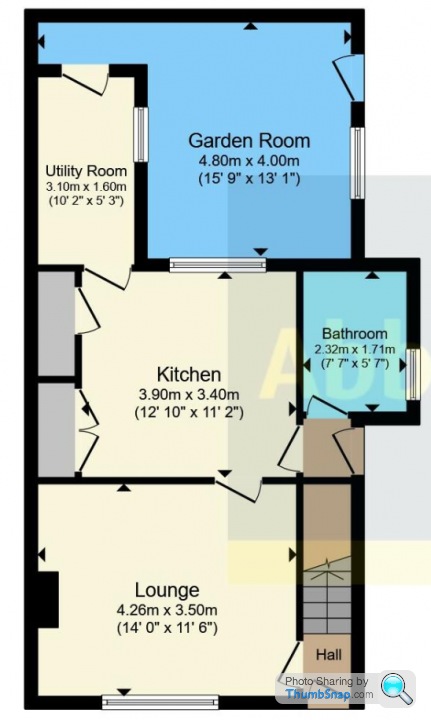
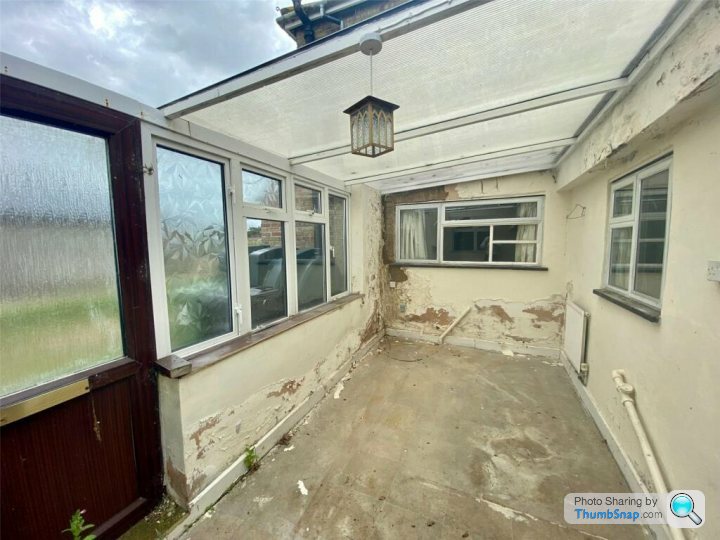
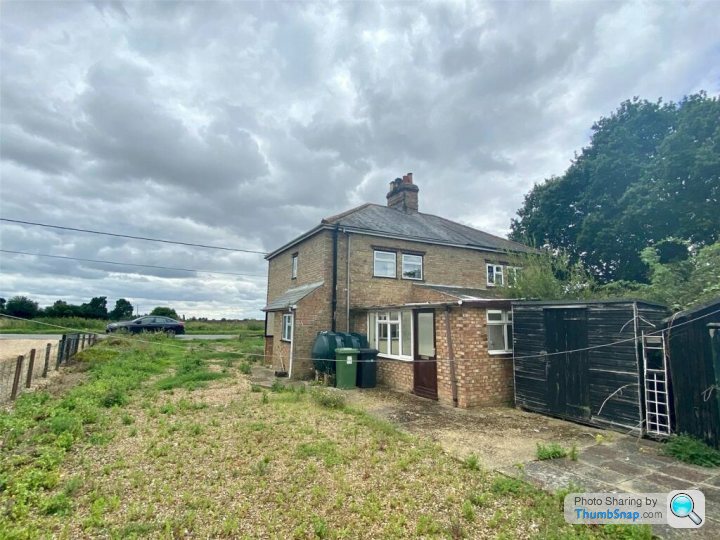 |https://thumbsnap.com/KioaFzaj[/url]
|https://thumbsnap.com/KioaFzaj[/url]